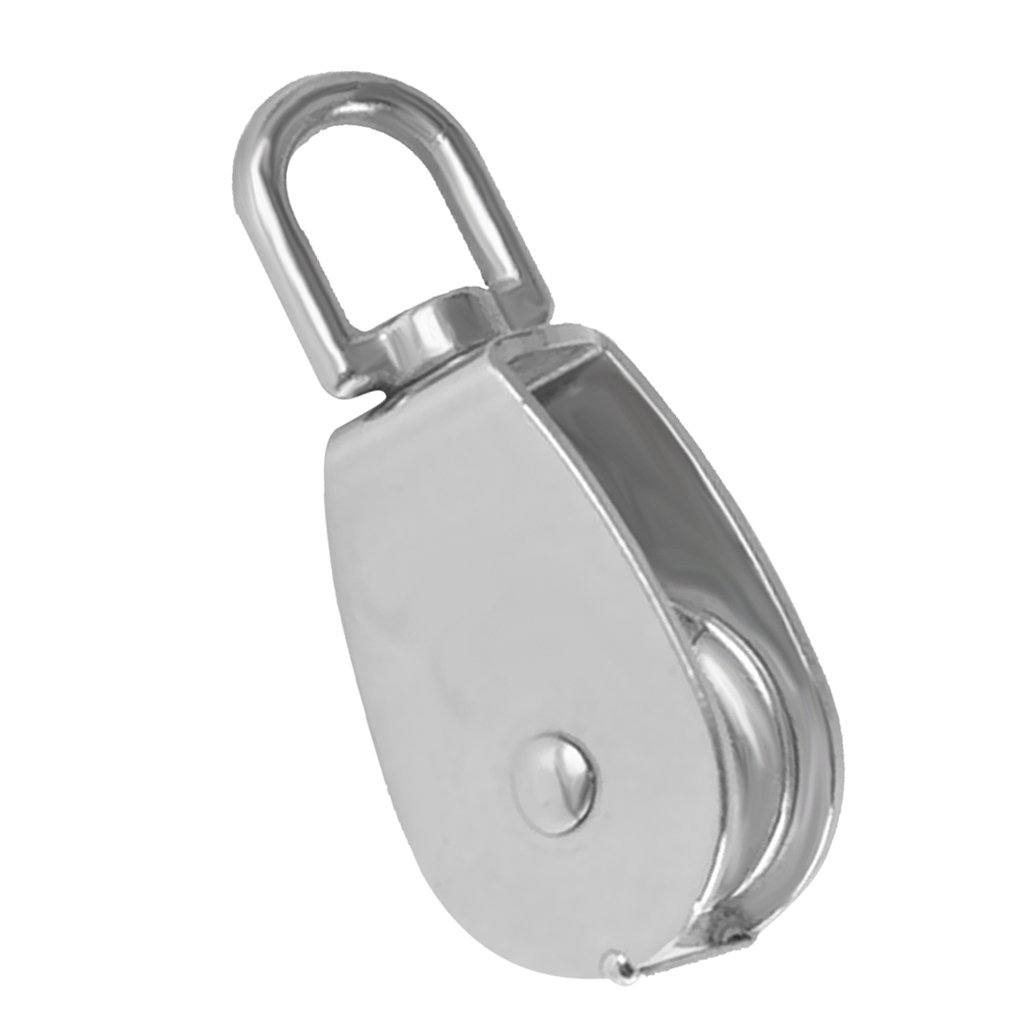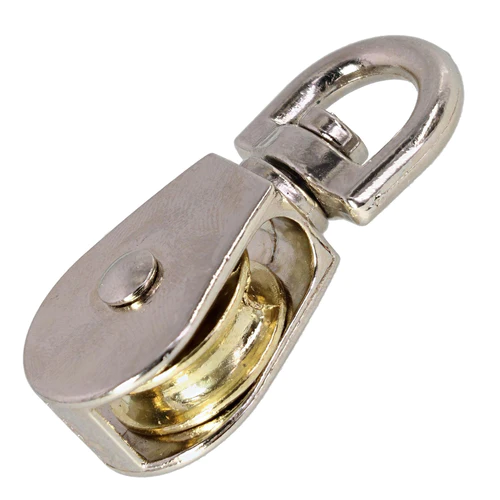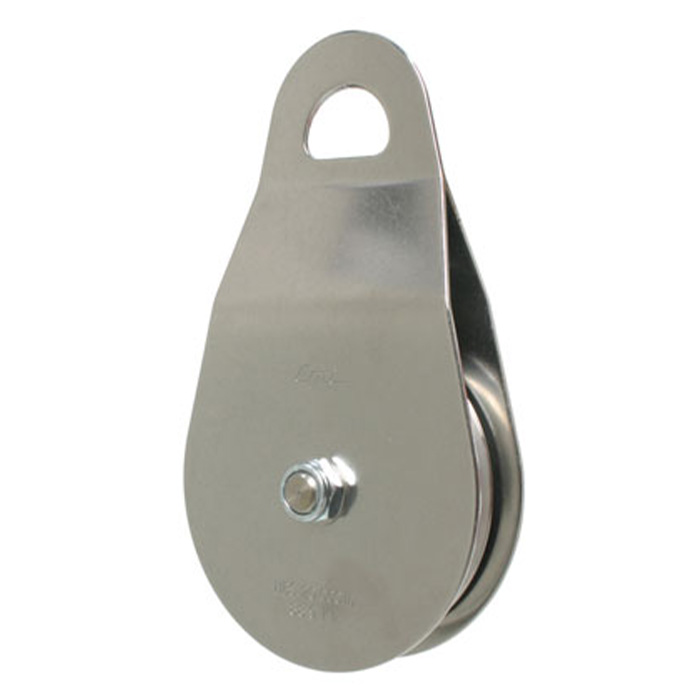Product Description
Product Description
|
Product Type |
XL, H, HTD8M,5M,3M, AT3, AT5 standard gear, or according customer drawing to make. |
|
Material: |
Carbon Steel, Brass, Aluminium, Stainless steel, Plastic, POM, Delrin, Titanium Alloy etc. |
|
Process method |
CNC Turning, hobbing gear |
|
Surface finish: |
Chrome plating, Anodization, Powder coating, blackening, Sand blasting, Brushing & ploshing,Electrophoresis etc. |
|
OEM & ODM Service |
Available |
|
Design Software |
PRO/E, Auto CAD, Solid Works |
|
Trade Terms: |
FOB,,CIF,EXW |
|
Payment Terms: |
T/T, L/C, |
|
Packing: |
Foam, Carton, Standard Wooden boxes |
|
Capacity |
8,000~1,5000 pcs per month |
|
Delivery |
20-30 days after receiving PO |
|
Applications |
Automotive Parts,hydraulics, compressors,Industrial equipments, transmission parts, etc. |
|
Our services: |
CNC Machining, Milling, Stamping, Sheet metal fabricating, and Die-Casting |
Product show
Manufacture process
FAQ
Q1. What is your terms of packing?
A: Generally, we pack our goods in single color box. If you have special request about packing, pls negotiate with us in advance, we can pack the goods as your request.
Q2. What is your terms of payment?
A: T/T 30% as deposit, and 70% before delivery. We’ll show you the photos of the products and packages
before you pay the balance. Other payments terms, pls negotiate with us in advance, we can discuss.
Q3. What is your terms of delivery?
A: EXW, FOB, CFR, CIF.
Q4. How about your delivery time?
A: Generally, it will take 25 to 30 days after receiving your advance payment. The specific delivery time depends
on the items and the quantity of your order.
Q5. Can you produce according to the samples?
A: Yes, we can produce by your samples or technical drawings. We can build the molds and fixtures.
Q6. What is your sample policy?
A: We can supply the sample if we have ready parts in stock, but the customers have to pay the sample cost and
the courier cost.We welcome sample order.
Q7. Do you test all your goods before delivery?
A: Yes, we have 100% test before delivery
Q8: How do you make our business long-term and good relationship?
1. We keep good quality and competitive price to ensure our customers benefit ;
2. We respect every customer as our friend and we sincerely do business and make friends with them,
no matter where they come from.
| Certification: | CE, ISO |
|---|---|
| Pulley Sizes: | Type C |
| Manufacturing Process: | Cutting Tooth |
| Material: | Aluminum Alloy |
| Surface Treatment: | Oxygenation |
| Application: | Chemical Industry, Grain Transport, Mining Transport, Power Plant |
| Samples: |
US$ 2/Piece
1 Piece(Min.Order) | |
|---|
| Customization: |
Available
| Customized Request |
|---|

How do you select the right stainless pulley configuration for a specific task?
Selecting the right stainless pulley configuration for a specific task involves considering several factors to ensure optimal performance and compatibility. Here’s a step-by-step guide:
- Identify the Application Requirements: Understand the specific requirements of the task or application. Consider factors such as load capacity, speed, torque, and environmental conditions. This information will help determine the appropriate pulley size, design, and material.
- Determine the Pulley Type: Choose the most suitable pulley type for the task. Options include flat-faced pulleys, V-belt pulleys, timing pulleys, or specialty pulleys. The choice depends on the power transmission method, belt or rope type, and the desired accuracy or functionality required for the task.
- Calculate Pulley Size: Calculate the required pulley size based on the desired speed ratio, belt or rope pitch diameter, and the desired operating speed. Consider the pulley’s diameter, width, and groove dimensions to ensure compatibility with the system components and achieve the desired power transmission performance.
- Consider Pulley Material: Choose a stainless pulley material suitable for the specific task. Consider factors such as corrosion resistance, durability, and environmental conditions. Stainless steel alloys like 304 or 316 are commonly used for their corrosion resistance, while specialty alloys may be required for extreme conditions or specific industry requirements.
- Evaluate Pulley Design Features: Assess additional design features that may be necessary for the task. This could include flanges, grooves, keyways, or specific mounting options. These features ensure proper belt or rope alignment, prevent slippage, and provide compatibility with other system components.
- Consider Pulley Accessories: Determine if any accessories or components are needed for the pulley configuration. This could include bearings, bushings, shafts, or mounting hardware. Select accessories that are compatible with the pulley design and facilitate smooth operation and easy installation.
- Review Industry Standards and Regulations: Ensure that the selected pulley configuration meets relevant industry standards, regulations, and safety requirements. This is particularly important in industries such as aerospace, automotive, or medical, where strict compliance is necessary.
- Consult with Experts: When in doubt, consult with pulley manufacturers, engineers, or industry experts. They can provide valuable guidance and expertise in selecting the right stainless pulley configuration for the specific task.
By following these steps and considering the application requirements, pulley type, size, material, design features, accessories, industry standards, and seeking expert advice, you can select the appropriate stainless pulley configuration that will ensure optimal performance, reliability, and safety for the specific task at hand.

How do stainless pulleys contribute to the overall reliability and safety of systems?
Stainless pulleys play a crucial role in ensuring the reliability and safety of various systems. Here’s how they contribute:
- Efficient Power Transmission: Stainless pulleys provide smooth and efficient power transmission in systems that involve belts, ropes, or cables. They enable the transfer of rotational motion, allowing mechanical components to work together effectively. By maintaining proper alignment and tension, stainless pulleys minimize energy loss and maximize system efficiency.
- Reduced Friction and Wear: Stainless pulleys are designed with low-friction surfaces and often incorporate bearings or bushings. These features reduce friction and minimize wear between the pulley and the moving components, such as belts or ropes. By reducing friction, stainless pulleys help increase the lifespan of the system, decrease maintenance requirements, and improve overall reliability.
- Accurate Positioning and Timing: Certain types of stainless pulleys, such as timing pulleys, enable precise positioning and synchronization in systems. They ensure accurate timing of components, such as valves, gears, or conveyor belts. This accuracy contributes to the reliable operation of the system and helps prevent issues such as misalignment or collisions.
- Load Distribution: Stainless pulleys distribute loads evenly across belts, ropes, or cables, preventing localized stress concentrations. This load distribution minimizes the risk of component failure, such as belt or rope breakage, and ensures the system can handle its intended load capacity safely.
- Enhanced Safety Features: Stainless pulleys can be customized with safety features to enhance system safety. Examples include flanges or grooves to prevent belt slippage, guards or shields to protect against accidental contact with moving parts, or anti-backlash mechanisms to prevent sudden reversals. These safety features help mitigate potential hazards and protect personnel and equipment.
- Resistance to Corrosion: Stainless pulleys are highly resistant to corrosion, even in challenging environments. This corrosion resistance ensures their longevity and reliable performance, reducing the risk of pulley failure due to degradation or rusting. Stainless pulleys are commonly used in applications subject to moisture, humidity, or exposure to chemicals.
By providing efficient power transmission, reducing friction and wear, enabling accurate positioning, ensuring load distribution, incorporating safety features, and offering corrosion resistance, stainless pulleys contribute significantly to the overall reliability and safety of systems. They help optimize system performance, minimize downtime, and enhance the longevity of the equipment.

What is a stainless pulley, and how does it differ from regular pulleys?
A stainless pulley refers to a pulley that is made from stainless steel, a type of steel alloy that contains a high percentage of chromium. Stainless pulleys offer several distinct characteristics and advantages compared to regular pulleys:
- Corrosion Resistance: One of the primary benefits of stainless pulleys is their superior corrosion resistance. Stainless steel contains chromium, which forms a protective oxide layer on the surface of the pulley, preventing rust and corrosion. This makes stainless pulleys highly suitable for applications in moist or corrosive environments, such as in the food processing industry or outdoor applications where exposure to moisture or chemicals is common.
- Durability: Stainless pulleys are known for their durability and long lifespan. The stainless steel material provides excellent strength and resistance to wear, ensuring that the pulleys can withstand heavy loads and repetitive use without deformation or degradation. This durability makes stainless pulleys ideal for demanding and high-load applications.
- Hygienic Properties: Stainless pulleys are often used in industries where hygiene is critical, such as in food and pharmaceutical production. Stainless steel is non-porous, making it easy to clean and resistant to bacterial growth. The smooth surface of stainless pulleys prevents the accumulation of debris or contaminants, ensuring the integrity and cleanliness of the material handling process.
- Temperature Resistance: Stainless pulleys exhibit excellent temperature resistance, allowing them to operate effectively in both high and low temperature environments. Stainless steel retains its mechanical properties and dimensional stability even at extreme temperatures, making it suitable for applications that involve heat or cold exposure.
- Chemical Resistance: Stainless pulleys offer good resistance to a wide range of chemicals, including acids, alkalis, and solvents. This chemical resistance makes them suitable for industries where exposure to corrosive substances is common, such as in chemical manufacturing or wastewater treatment plants.
- Aesthetic Appeal: Stainless pulleys have an attractive and polished appearance. The smooth and shiny surface of stainless steel gives the pulleys a visually appealing look, making them suitable for applications where aesthetics are important, such as in architectural or decorative installations.
In summary, stainless pulleys differ from regular pulleys in terms of their corrosion resistance, durability, hygienic properties, temperature resistance, chemical resistance, and aesthetic appeal. These characteristics make stainless pulleys well-suited for a wide range of industries and applications where reliability, longevity, and performance under challenging conditions are essential.


editor by CX
2023-10-03